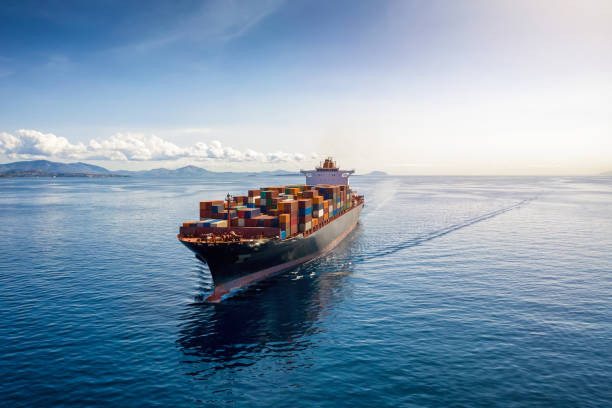Timeline and Procedures for Temporary Vehicle Importation
Temporary vehicle importation involves bringing a vehicle into a country for a limited time without full permanent import procedures. This overview outlines typical timelines, key documentation, customs interactions, inspections, registration considerations, insurance needs, and logistical steps to help vehicle owners and fleet managers plan effectively.

Temporary vehicle importation requires coordination across customs, registration authorities, transport providers, and insurers. Typical timelines vary by country and the complexity of the shipment: simple border-crossing arrangements can clear in a day, while transported vehicles requiring documentation review, inspection, and emissions verification may take several days to weeks. Understanding documentation, compliance checks, tariffs that might apply, and expected logistics steps reduces delays and helps ensure smooth clearance and short-term use.
What defines temporary vehicle importation?
Temporary vehicle importation means a vehicle enters a country for a limited period under special rules that differ from permanent import or export procedures. Often used by tourists, business travelers, or companies relocating staff temporarily, the process may involve a carnet or temporary import bond and specific documentation showing the vehicle will be re-exported. Regulations balance facilitating short-term use against preventing local sale without duty payment, so both import and export intentions and timelines should be clear in paperwork.
What documentation and customs steps are required?
Customs typically require original title, registration, proof of ownership, ID of the driver or owner, and documents specifying the temporary nature of importation, such as a temporary import permit or carnet. Documentation must be presented at arrival or electronically before crossing. Customs officers check these documents against the vehicle and may record identifying details for future export verification. Clearance procedures include submission of forms, possible deposits or bonds, and a stamped authorization showing permitted duration and any restrictions.
How do registration and insurance rules apply?
Temporary importation does not usually change the vehicle’s home registration, but local authorities may require temporary registration or a transit permit in some jurisdictions. Proof of valid insurance that covers the destination country is essential; owners may need special international insurance endorsements or short-term local policies. Verify whether local registration plates or stickers are required while the vehicle is in the country, and keep copies of both home registration and temporary permits in the vehicle at all times to avoid fines or impoundment.
What inspections, emissions, and compliance checks occur?
Customs and transport authorities may require an inspection to confirm vehicle identity, roadworthiness, and compliance with local emissions or safety standards. Inspections can include VIN verification, brake and light checks, and emissions testing where applicable. Some countries exempt temporary imports from full emissions compliance provided the vehicle is re-exported within the allowed period; others require immediate compliance. Plan for potential inspection appointments and any corrective work if non-compliance is found, as this can extend the timeline to clearance.
How do shipping, logistics, and clearance work?
If the vehicle arrives by sea, rail, or air rather than driving across a border, shipping and logistics add steps: booking transport, arranging inland delivery, and coordinating port or terminal clearance. Freight forwarders and customs brokers can handle documentation submission, customs liaison, and local clearance formalities. Clearance typically follows document verification and inspection, followed by payment or lodging of any required bond. Track lead times for transport, port handling, and inland delivery to estimate the total timeline from origin to authorized use in your area.
What tariffs, fees, and timelines should you expect?
Temporary importation often involves fees rather than full tariffs, but some jurisdictions require a deposit or bond equivalent to expected duties that is refunded on re-export. Administrative fees, inspection charges, and storage or terminal handling fees can add to costs. Timelines depend on whether documents are pre-filed, the need for inspections, and shipping schedules: border crossings can be same-day, sea shipments commonly take several days to weeks, and bureaucratic clearance can add time. Keep contingency days in planning for inspections or document queries.
Temporary vehicle import processes vary by country but generally follow common steps: prepare documentation, secure appropriate insurance, arrange shipping or transit, present to customs for inspection and clearance, and comply with local registration or permit requirements while in-country. Clear records showing intent to re-export help avoid duty assessments. Advance coordination with customs brokers, insurers, and logistics providers reduces unexpected delays.
Sources





